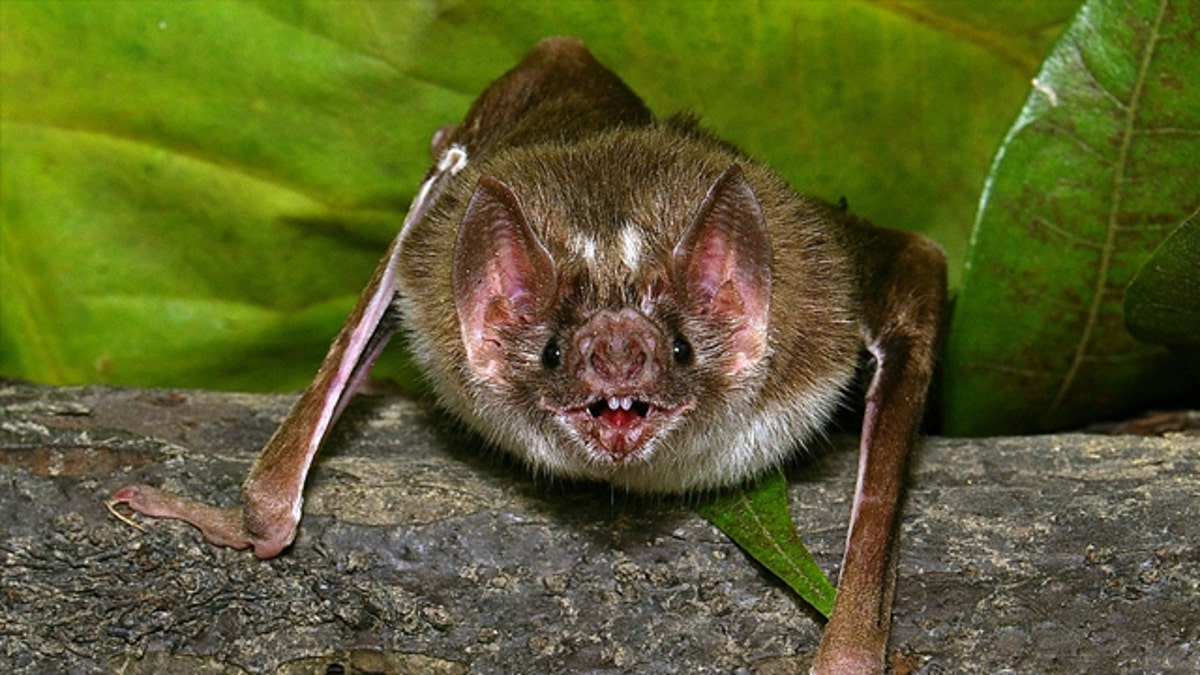
(Pascual Soriano)
If left untreated, the rabies virus is considered to be fatal 100 percent of the time – with less than 10 known cases of survival among people who did not receive the vaccine.
However, new research from the Centers for Disease Control and Prevention (CDC) is challenging that established theory by unveiling a small population in South America that may have natural protection against the disease.
As part of a project meant to better understand bat-human interactions and their relation to rabies and other diseases, CDC scientists travelled to two remote villages in the Peruvian Amazon where villagers were at risk of contracting rabies from vampire bats. After conducting interviews and collecting blood samples from the villagers, the scientists found that 11 percent of them contained antibodies that neutralize the rabies virus.
Most notably, only one of these individuals reported receiving the rabies vaccine prior to the study – meaning ten percent appear to have survived the virus without ever receiving treatment.
“Typically these are antibodies that develop after you are exposed to the pathogen – in this case, the [rabies] virus,” Dr. Amy Gilbert, with the CDC’s National Center for Emerging and Zoonotic Infectious Diseases as well as the study’s lead author, told FoxNews.com. “These people were exposed to the rabies virus at some point; the evidence is suggestive they were exposed to a vampire bat bite – which is highly endemic in this area.
“The idea is that they developed an immune response which potentially made it so they were able to sort of clear that virus in their body before the virus was able to get into the nervous system,” Gilbert said.
Rabies – which is transmitted through a bite or scratch from a rabid animal – may be fatal if untreated, but it is also 100 percent treatable through vaccination. Once someone becomes infected, there is an incubation period in which symptoms do not present. According to the National Institute of Health, this period of time can range from 10 days to seven years, typically averaging between three to seven weeks.
If someone believes they have contracted the virus, it is recommended they receive a series of injections known as post-exposure prophylaxis (PEP) during the incubation period. The vaccinations work by introducing “rabies virus neutralizing antibodies” into the body that prevent the disease from reaching the central nervous system.
These same antibodies were found in the small population of villagers who had protection but had not received treatment. To conduct their research, Gilbert and fellow scientists traveled to the two remote villages of Truenococha and Santa Marta in the Peruvian rainforest. The area has had regular outbreaks of fatal rabies infections due to bites from vampire bats.
The scientists interviewed 92 people in the two villages, 50 of whom reported being previously bitten by a bat. They then took blood samples from 63 of those individuals, ultimately finding seven (11 percent) people with the antibodies. According to the researchers, this immune response could help them to better understand how to more thoroughly get rid of the disease.
“We know antibodies are important in protecting people against the disease,” Dr. Brett Peterson, a fellow CDC researcher on the project, told FoxNews.com. “…What we don’t know however is what level of antibody is needed for complete protection. Even people who have been vaccinated against rabies in past, those people are still recommended to receive booster vaccines after exposure.”
In order to better understand the reason behind this natural immunity, Gilbert and Peterson hope to do further genetic testing to see which biological pathways lend to this rabies resistance.
“Equally important,” Gilbert wrote in the report, “knowing that there is a continuum of disease, even for infectious diseases like rabies, should push us harder to try for cures when confronted by so-called untreatable infectious diseases…”
While deaths from rabies are on the decline in the United States (an average of two per year), the World Health Organization (WHO) estimates that the virus is responsible for 55,000 deaths worldwide per year, with the most at-risk populations living in Asia and Africa. Since deaths from the disease have also been on the rise in Central and South America, Gilbert and Peterson hope their research will help educate those in the area about the importance of getting vaccinated.
“I think that what we’re hoping is this raises the level of awareness of the problem in the Amazon, not just problem of rabies in Amazon, but the health disparities in this region and the difficulties of obtaining treatment,” Gilbert said. “Our collaborators at the Ministry of Health will move forward with pre-exposure vaccination campaigns which will give them some level of protection against the disease. This is sort of a scenario of improved strategies for prevention and control.”
The study, done in collaboration with the Peruvian Ministry of Health, was published in the American Journal of Tropical Medicine and Hygiene.
